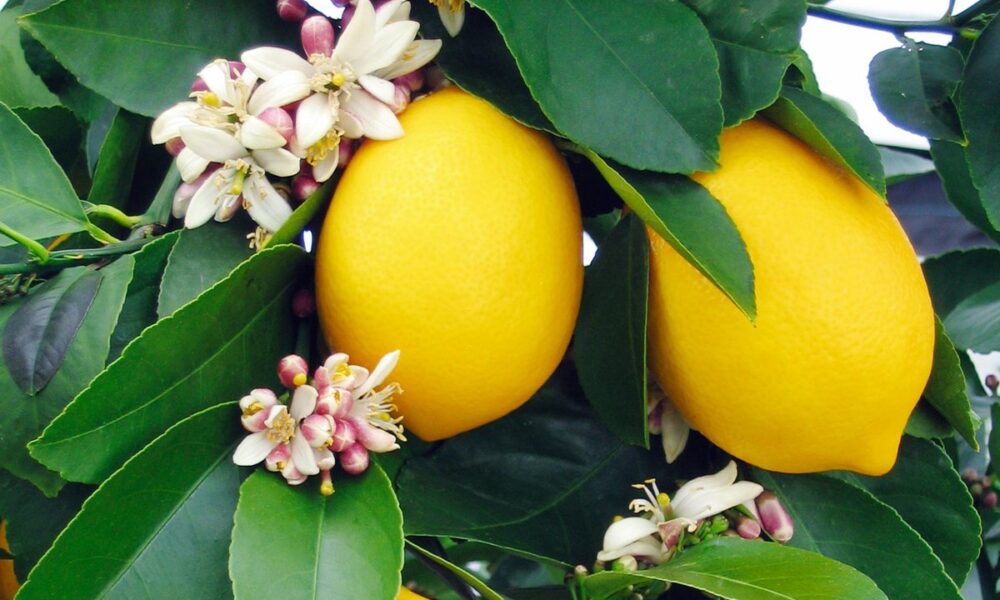
Unlocking Plant Health: The Power of Sap Testing
Plant health isn’t just about what’s in the soil—it’s also about what’s circulating inside the plant. Plant sap testing is a cutting-edge diagnostic tool that provides real-time insights into nutrient levels, deficiencies, and imbalances, allowing for precise adjustments to improve plant growth, yield, and resilience.
What is Plant Sap Testing?
Unlike traditional leaf tissue analysis, which shows past nutrient uptake, sap testing measures the actual nutrients flowing through a plant right now. This method helps identify deficiencies before visible symptoms appear, allowing for proactive corrections that enhance plant health and productivity.
Why is Sap Testing Important?
1. Early Detection of Nutrient Deficiencies
By testing sap, growers can detect hidden nutrient imbalances weeks before they manifest as yellowing leaves, stunted growth, or poor fruit production.
2. Optimized Fertilization Strategies
Sap analysis provides precise nutrient data, reducing waste from over-fertilization and ensuring plants get exactly what they need when they need it.
3. Improved Pest and Disease Resistance
Nutrient imbalances weaken plant defenses, making them more vulnerable to pests and diseases. Keeping nutrient levels in check strengthens plant immunity and reduces the need for chemical interventions.
4. Higher Yields and Better Crop Quality
With optimal nutrition, plants produce more vigorous growth, higher yields, and better-quality fruits, flowers, and foliage.
How Does Plant Sap Testing Work?
- Sap Collection – A fresh sample is taken from the plant’s leaves or petioles.
- Laboratory Analysis – The sap is tested for key nutrients like nitrogen, phosphorus, potassium, calcium, and micronutrients.
- Actionable Recommendations – Based on results, targeted adjustments are made to improve nutrient uptake and overall plant health.
Who Benefits from Sap Testing?
- Farmers & Growers – Optimize crop health and increase yields.
- Orchard & Vineyard Managers – Improve fruit set and quality.
- Home Gardeners & Landscapers – Keep plants thriving with fewer issues.
Take Control of Your Plant Health Today
If you’re serious about maximizing plant performance, sap testing is the key to proactive, data-driven plant care. Get your plants tested and make every nutrient count!
Soil Testing: The First Step to a Thriving Garden
Comprehensive Soil Testing & Analysis
Understanding your soil is the foundation of a thriving landscape. Our professional soil testing service provides detailed insights into your soil’s composition, fertility, and overall health, helping you make informed decisions for optimal plant growth.
What’s Included:
- pH and Nutrient Analysis – Assess soil acidity/alkalinity and identify nutrient deficiencies.
- Organic Matter & Microbial Health – Evaluate soil vitality and biological activity.
- Heavy Metals & Contaminant Screening – Ensure your soil is safe for edible and ornamental plants.
- Soil Structure & Drainage Assessment – Identify compaction issues and improve aeration and water retention.
- Customized Recommendations – Receive tailored guidance on soil amendments, fertilization, and regenerative practices.
How It Works:
- Soil Sample Collection – We provide instructions for self-collection or offer a professional collection service.
- Laboratory Analysis – Your soil sample undergoes a comprehensive examination by expert agronomists.
- Detailed Report & Consultation – Get a full report with actionable recommendations to enhance soil health and maximize plant productivity.
Why Choose Us?
- Expertise in regenerative gardening and soil optimization.
- Science-backed solutions tailored to your landscape’s unique needs.
- Support for healthier, more productive plants with long-term sustainability in mind.
Order your soil test today and take the first step toward healthier, thriving plants!
Why Water Testing is Essential for a Healthy Landscape
Water is the lifeblood of your garden, but not all water is created equal. The quality of your irrigation and drinking water can significantly impact soil health, plant growth, and even human well-being. Regular water testing ensures that your plants receive the right nutrients without harmful contaminants, promoting a thriving and sustainable landscape.
What Does Water Testing Reveal?
1. pH Levels and Hardness
Water pH affects nutrient absorption in plants. Too acidic or too alkaline water can hinder plant health, leading to deficiencies and poor growth. Hard water, rich in minerals like calcium and magnesium, can also cause irrigation system buildup.
2. Contaminant Screening
Testing detects harmful substances such as heavy metals, pesticides, bacteria, and nitrates. Contaminated water can lead to soil degradation, plant stress, and even health risks for humans and animals.
3. Salinity and Sodium Levels
Excess salts in irrigation water can damage soil structure, reducing its ability to retain moisture and nutrients. This is especially crucial in drought-prone regions where water quality varies seasonally.
4. Nutrient Content
Essential elements like nitrogen, phosphorus, and potassium may already be present in your water supply. Understanding these levels helps you adjust your fertilization strategy, preventing overuse and nutrient runoff.
Why Test Your Water?
- Healthier Plants & Soil – Avoid toxic buildup and nutrient imbalances.
- Efficient Irrigation – Reduce blockages and improve system longevity.
- Sustainable Growth – Make informed decisions for long-term landscape success.
Take Action Today
Regular water testing is a simple yet powerful step toward a healthier, more resilient landscape. If you’re unsure about your water quality, get it tested and take control of your garden’s future.
Regenerative Landscape Maintenance: A Sustainable Approach to Thriving Ecosystems
Traditional landscape maintenance often focuses on short-term aesthetics, but regenerative maintenance goes beyond that—it actively improves soil health, biodiversity, and ecosystem resilience over time. By working with nature instead of against it, regenerative landscaping nurtures thriving gardens that require less water, fewer chemicals, and minimal ongoing intervention.
What is Regenerative Landscape Maintenance?
Regenerative maintenance prioritizes soil enrichment, biodiversity, water efficiency, and long-term plant health rather than quick fixes like excessive trimming, synthetic fertilizers, or routine mowing. This approach supports healthier plants, stronger ecosystems, and a more self-sustaining landscape.
Key Principles of Regenerative Maintenance
1. Building Healthy Soil
Soil is the foundation of any landscape. By incorporating compost, organic matter, and microbial inoculants, we enhance soil fertility, improve water retention, and reduce erosion naturally.
2. Prioritizing Native & Edible Plants
Using a mix of native species and productive food plants ensures landscapes are resilient, drought-tolerant, and beneficial to pollinators while also providing food for people and wildlife.
3. Water Conservation & Irrigation Optimization
Instead of wasteful irrigation practices, regenerative maintenance focuses on deep watering, rainwater harvesting, and soil moisture retention strategies to reduce dependency on external water sources.
4. Integrated Pest & Disease Management
Rather than relying on chemical treatments, regenerative landscapes use companion planting, beneficial insects, and biological controls to maintain plant health naturally.
5. Minimal Disruption & Natural Cycling
Regenerative maintenance embraces mulching, pruning for plant health, and allowing leaves, stems, and organic debris to cycle nutrients back into the soil—reducing waste and fostering self-sufficiency.
Why Choose Regenerative Maintenance?
- Healthier, more productive landscapes with minimal artificial inputs.
- Lower maintenance costs over time as ecosystems stabilize.
- Reduced water usage and improved drought resilience.
- A thriving habitat for beneficial insects, birds, and pollinators.
Start Regenerating Your Landscape Today!
Regenerative maintenance isn’t just about keeping your yard looking great—it’s about nurturing a living, breathing ecosystem that thrives for generations. Ready to transform your landscape? Let’s build a healthier future together!
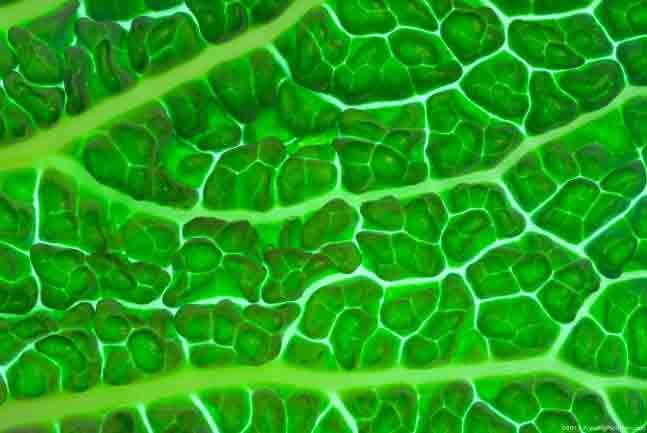
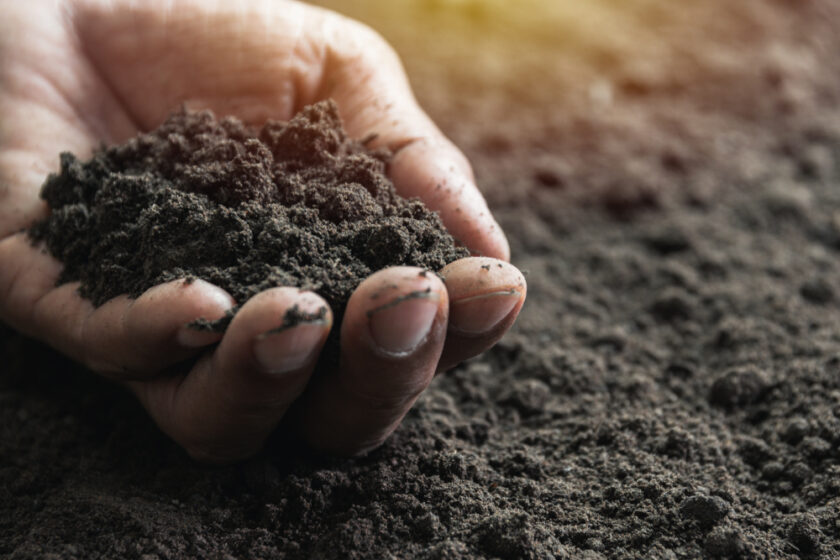
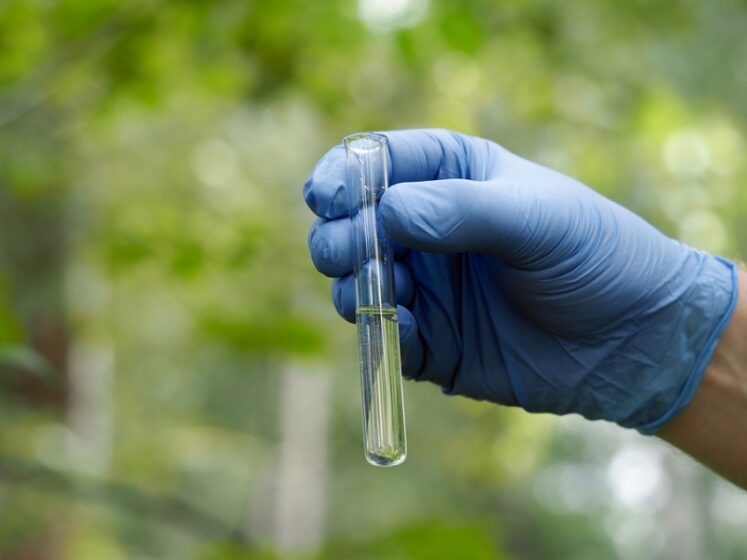

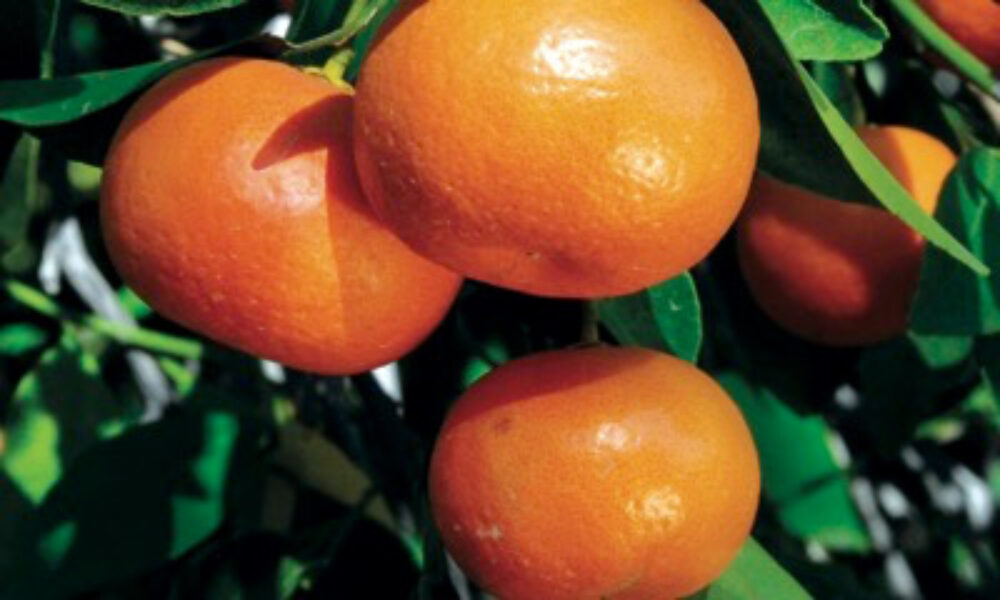
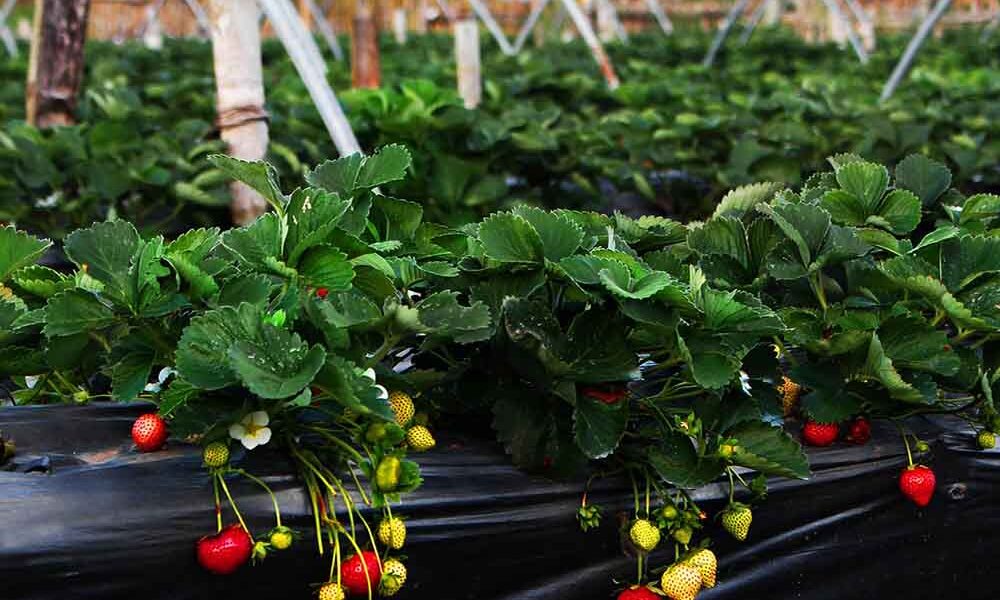



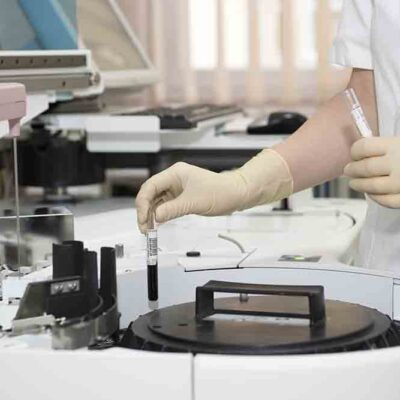

Recent Comments